View this project on GitHub
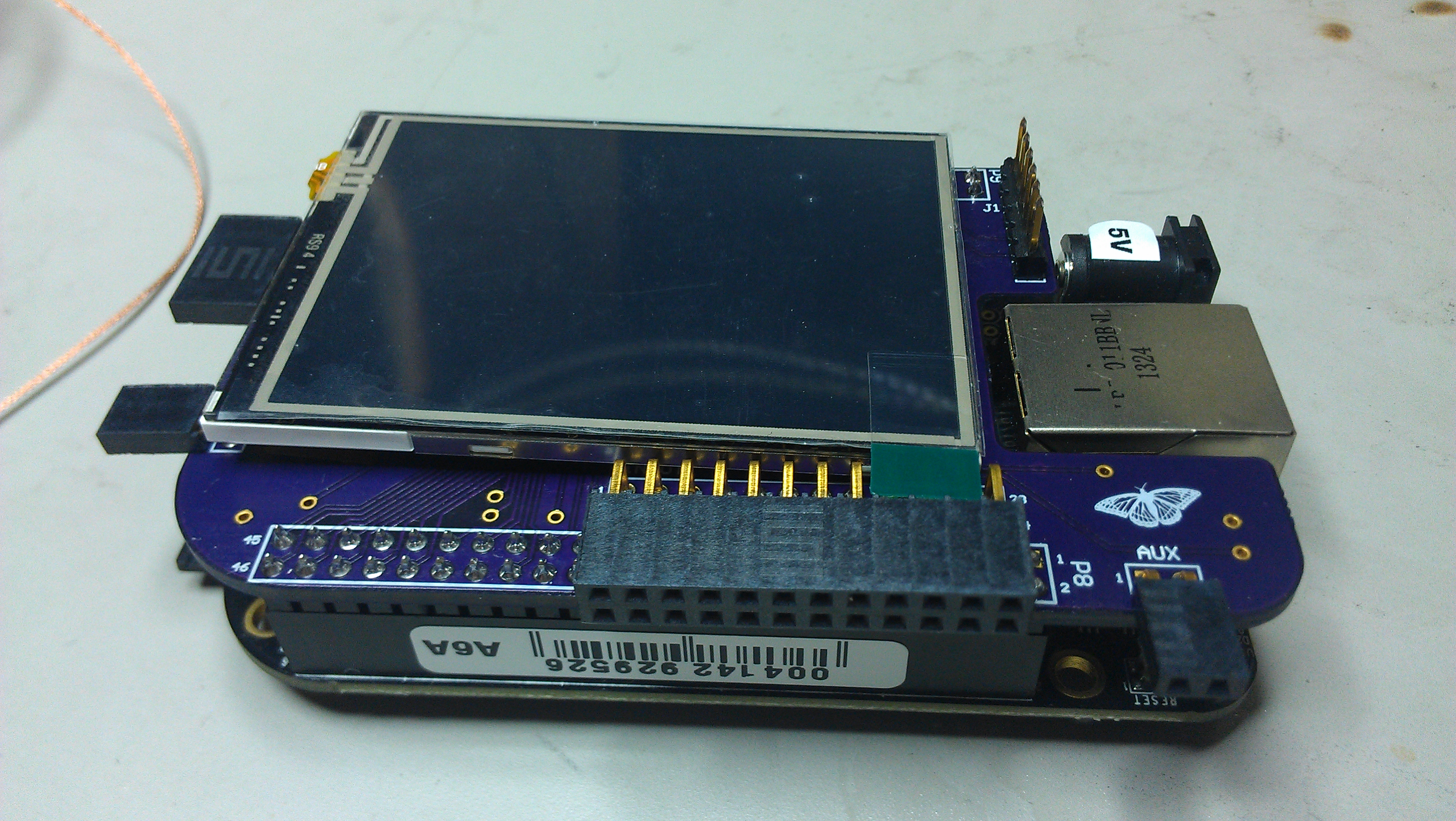
The AfternoonCape is a low-cost power monitoring (PM aka “afternoon”) cape for the BeagleBone Black. It utilizes the INA226 instrumentation amplifier to accurately sample and monitor voltage, current, and power consumption of a given supply. This cape was created because of a need to quickly measure the active/leakage power of TI Sitara processors, without the use of hefty digital multimeter lab equipment. The AfternoonCape is a portable, relatively low-cost (~$20) solution and met the accuracy and sampling rate requirements of my team’s power characterization and development tasks.
This project repository contains:
The AfternoonCape relies on special techniques and assumptions used for measuring power using current shunt monitors. For more information on current shunt monitors, please review this application note: Current Shunt Monitors.
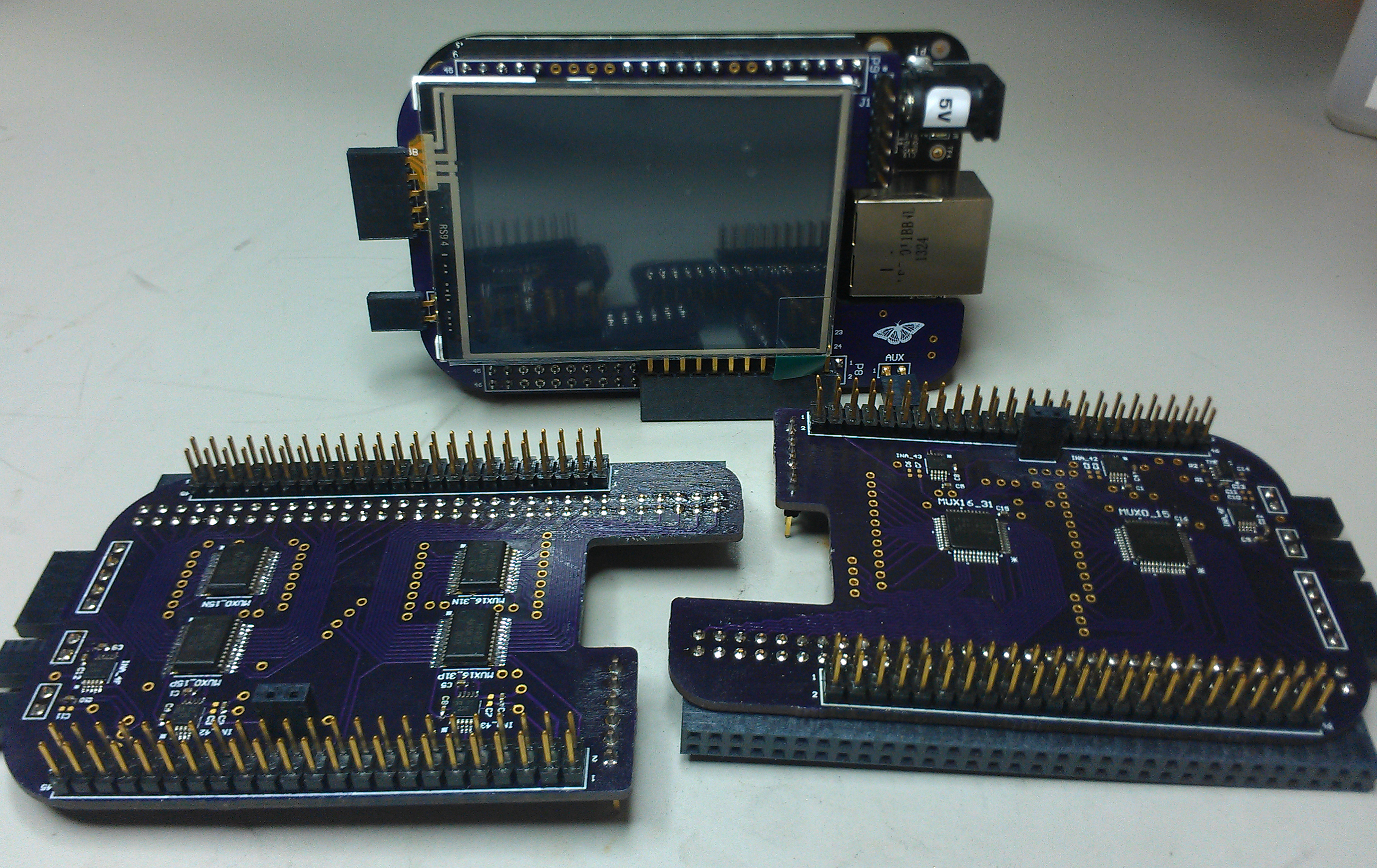
A few different board revisions were designed to test the accuracy/reliability of different signal path implementations. These “Alpha” revisions were comprised of the following:
This revision supports 32 channel inputs, which means it can measure the power consumption from 32 separate power supplies. The TI Sitara processors have advanced power designs to enable key power management techniques. One such technique is having several voltage and power domains, which can be individually turned off during periods of low activity (to save power). This type of design leads to a single-core processor having upwards of thirty separate power supplies. Thus, in order to measure total device power with voltage domain granularity, it is imperative that the measurement tool supports a sufficient amount of channel inputs.
Rev. A1 accomplishes this by utilizing the Texas Instruments CD74HC4067 16-channel analog multiplexer. This cape uses four of them to be exact. Four BBB GPIO’s are interfaced to the mux select bits, which allow the proper analog signals to pass to the two INA2226’s. Each INA226 handles 16 input channels. So, in order to take a total device power measurement, the cape must cycle through the mux select bits and log power data for each iteration.
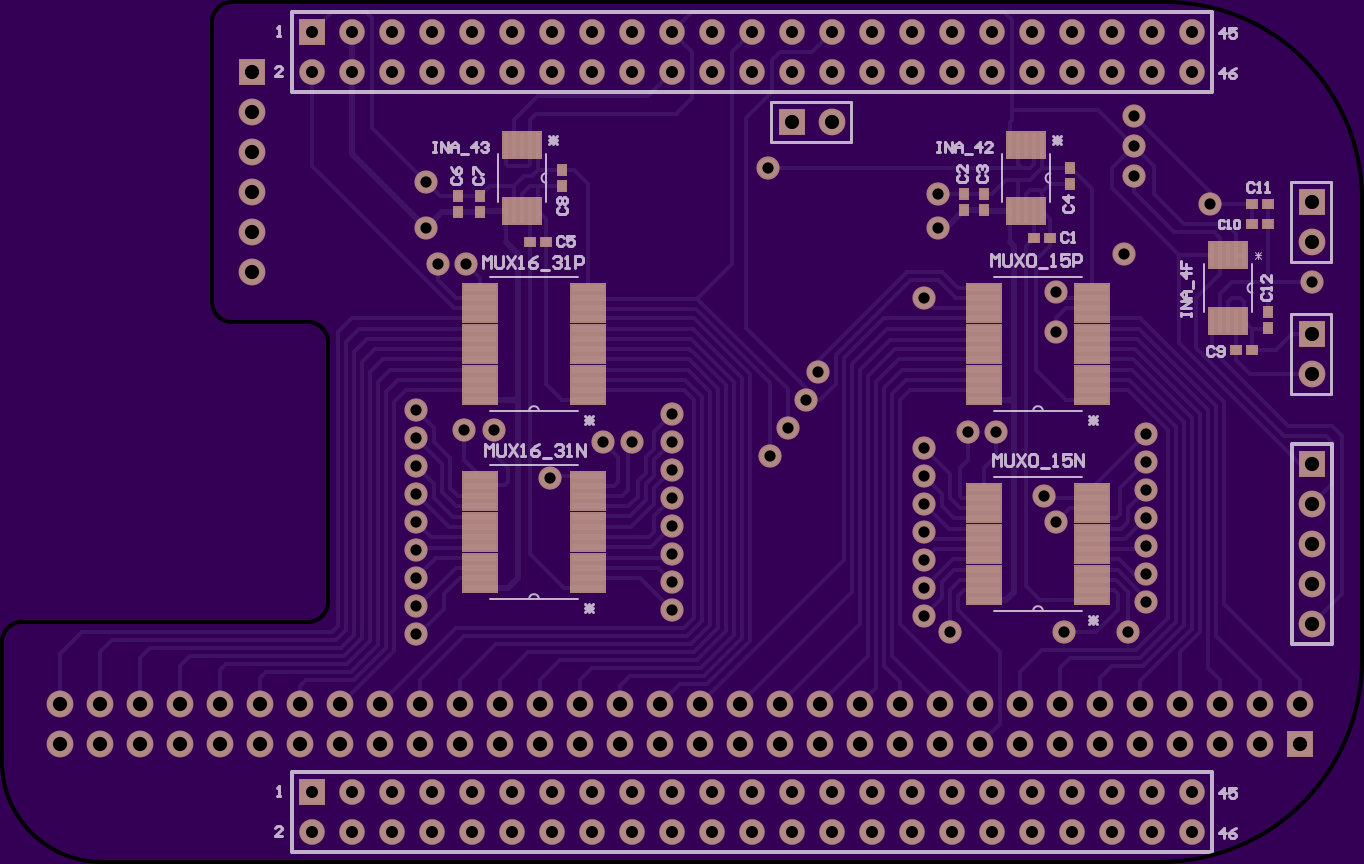
Details:
This revision also supports 32 channel inputs, but utilizes the Analog Devices ADG726 dual 16-channel analog multiplexer. The unique feature about the ADI mux vs. the TI mux is that the ADI mux can support differential operation. Thus, paired current shunt analog signals can be passed together through the same ICs. Also, only 2 of these muxes are needed due to its differential nature. The only major downside is that these ADG726 components are significantly more expensive than the TI counterpart.
Rev. A2 utilizes the same BBB GPIO control signals as mux select bits. Two INA226’s are also used to measure data from 32 channel inputs.
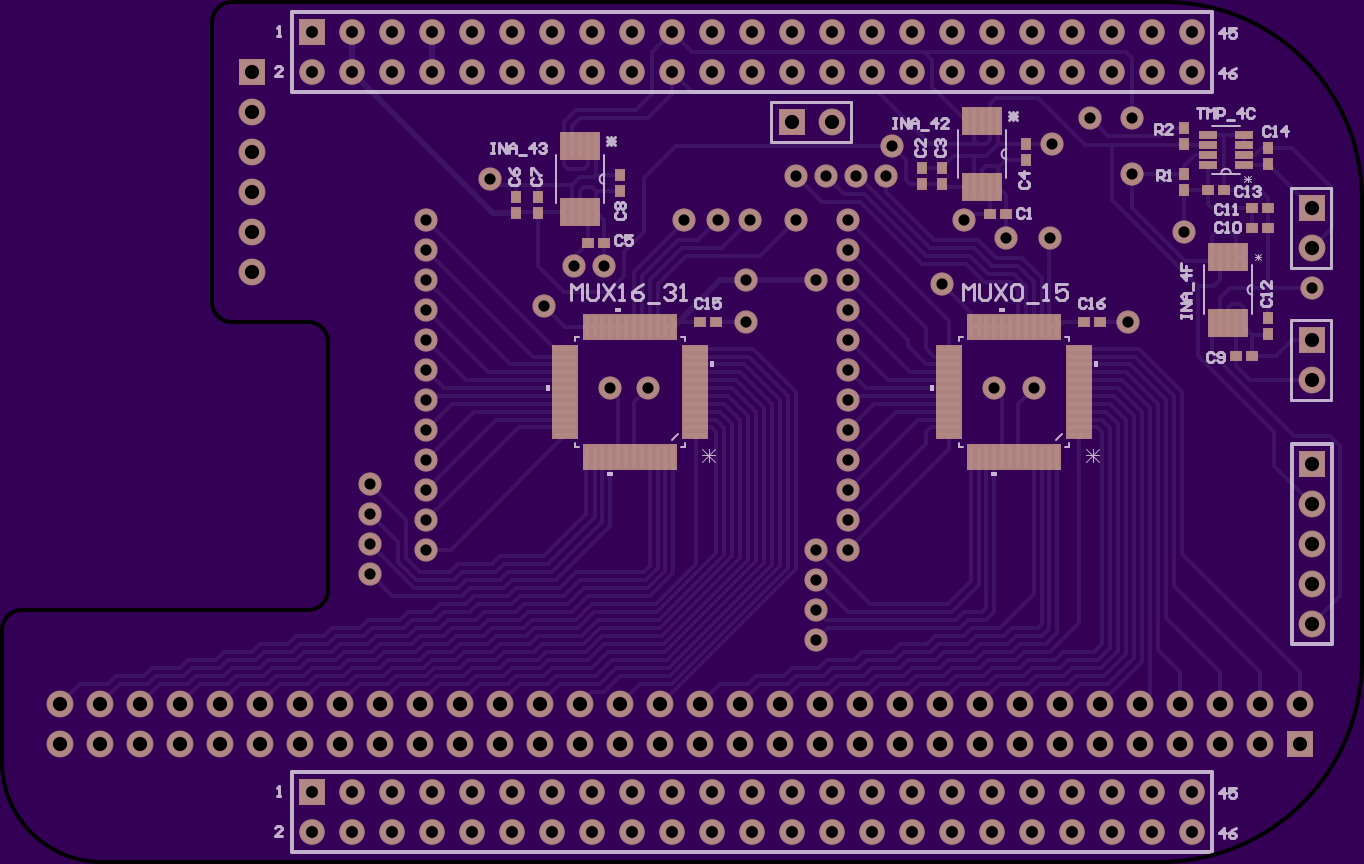
Details:
This revision utilizes discrete INA226s for each channel input. It only supports 12 channels in total, but can take these power measurements simultaneously; no GPIO mux selects need to be cycled through before taking a measurement. With less channel inputs, there is routing space available for an LCD connector. The Newhaven Display International NHD-2.4-240320SF-CTXL#-FTN1 2.4” TFT LCD module was selected due to its small size and compatibility with the AM335x processor.
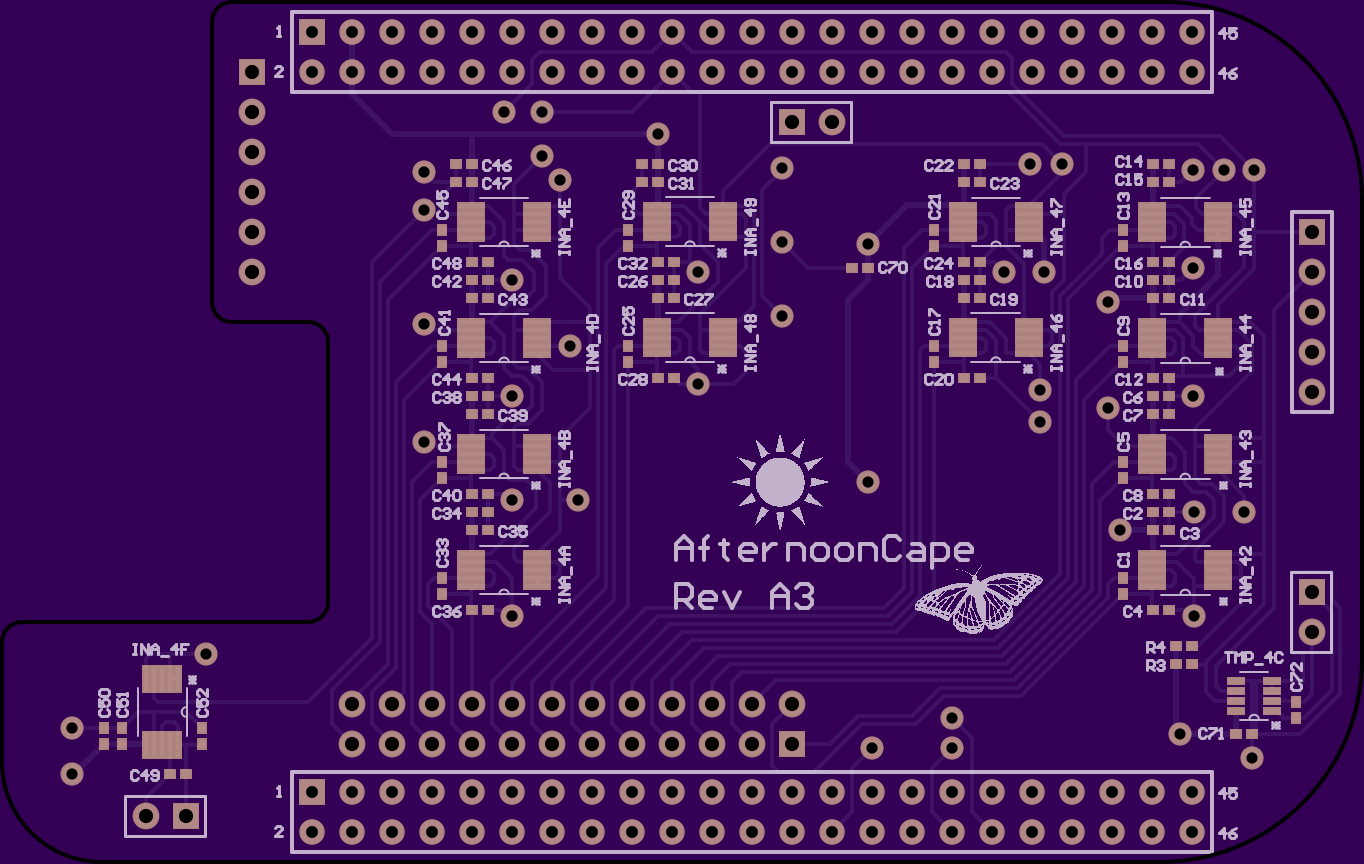
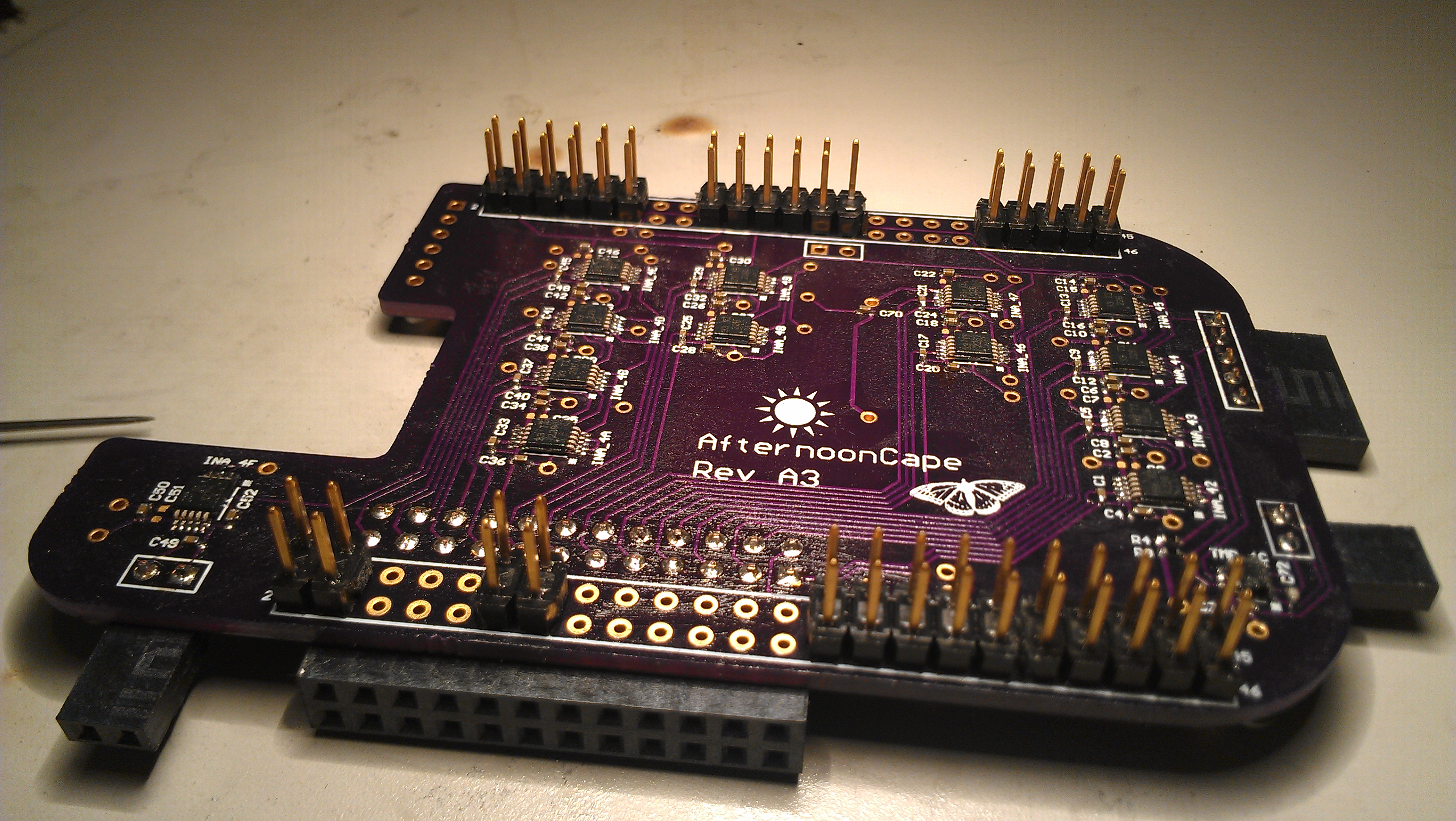
Details:
After testing all three Alpha revisions, it was determined that the TI analog mux (Rev. A1) was sufficiently accurate for active power characterization purposes. The Beta revision is a board shrink that incorporates lessons learned.
Details:
The standalone Bash script is a quick way to generate power numbers in a single instance. The script can be executed in a shell terminal on the BeagleBone Black running a Debian Linux distribution (has support for ‘bc’ by default). The following is a high-level procedure for taking power measurements with the AfternoonCape:
...
#EVM Specific
declare -a SUPPLIES=('VDD_CORE' 'VDD_MPU' 'VDDS_DDR' 'V1_8D' 'V3_3D' 'VDDS_DDR_M
EM');
declare -a RES=(0.05 0.05 0.05 0.1 0.1 0.05);
...
echo $mux_sel0 > /sys/class/gpio/gpio44/value
echo $mux_sel1 > /sys/class/gpio/gpio49/value
echo $mux_sel2 > /sys/class/gpio/gpio115/value
echo $mux_sel3 > /sys/class/gpio/gpio60/value
...
#Collect shunt voltage measurement
shuntv=$(i2cget -y 1 $MUX1_INA_ADDR $SHUNTV_REG w)
let "temp = $shuntv >> 8"
let "temp2 = $shuntv << 8 | $temp"
let "shuntv = $temp2 & 0xffff"
shuntv=$(echo "$shuntv*0.0025" | bc)
MUX1_SHUNTV[j]=$shuntv
...
#Collect bus voltage measurement
busv=$(i2cget -y 1 $MUX1_INA_ADDR $BUSV_REG w)
let "temp = $busv >> 8"
let "temp2 = $busv << 8 | $temp"
let "busv = $temp2 & 0xffff"
busv=$(echo "$busv*0.00125" | bc)
MUX1_BUSV[k]=$busv
...
#Calculate power
SUPPLIES_CURRENT[i]=$(echo "${SUPPLIES_SHUNTV[i]}/${RES[i]}" | bc -l)
SUPPLIES_POWER[i]=$(echo "${SUPPLIES_CURRENT[i]}*${SUPPLIES_BUSV[i]}" |
total_power=$(echo "$total_power+${SUPPLIES_POWER[$x]}" | bc)
root@beaglebone:~# ./testA2.sh
The afternoon-cape is a good, low-cost solution for getting “ballpark” power measurements. It works best in medium power use cases, where the current shunt voltage is >1mV; voltages on the micro-volt level are less accurately interpreted through the analog mux. Some tests were done on the AM335x GP EVM to determine accuracy. Compared with a $1000+ Keithley Digital Multimeter with a $500 switching multiplexer module, the accuracy was comparable.
AfternoonCape Rev. A3 by hieu on Sketchfab
AfternoonCape with BBB by hieu on Sketchfab